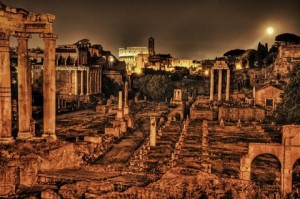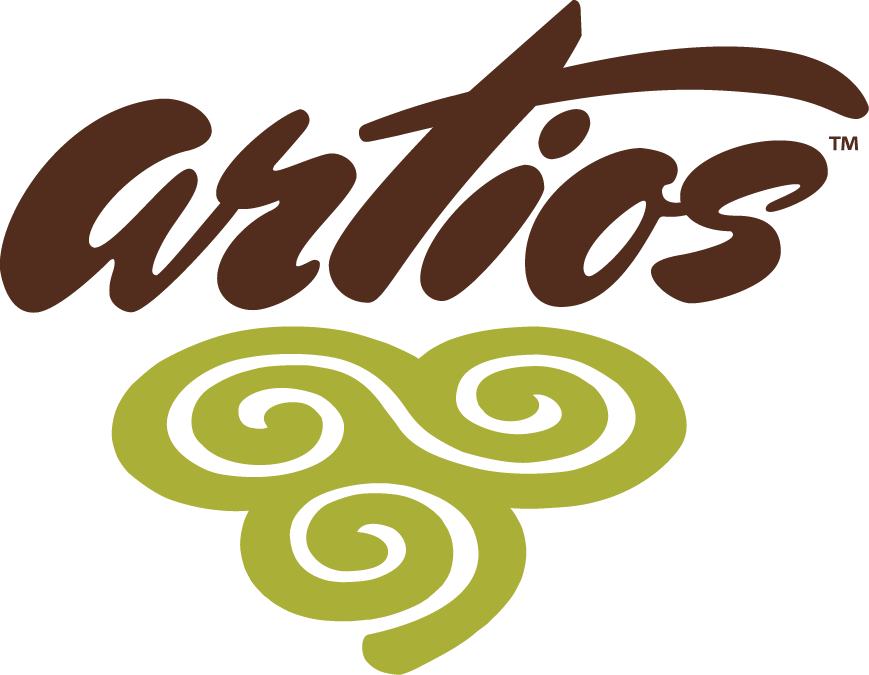[precontent]
[one_third]
Unit 1: Constantine the Great
[dropcap type=”box”]T[/dropcap]he emperor Constantine was arguably the last great emperor of the Roman Empire. He was the first Christian emperor. He is responsible for moving the capital of the empire from Rome to Constantinople. He also had a profound effect on the unification of the Church through the Council of Nicaea.
[button link=”/shortcodes/audio-and-video/”]Read More[/button]
[/one_third]
[two_third_last]
[/two_third_last]
[/precontent]
[three_fourth]
[box]
[box_header]
Unit 1 [flag bg_color=”#d6e3bc” text_color=”#9d241a”]Middle School[/flag]
[/box_header]
[box_content]
Unit Overview
- Subjects Covered
- Grammar, Literature, Composition, Social Studies
- Time Period
- Medieval – Renaissance
- Grade Level
- Middle School: 6-8
- Civilization
- Rome, Teutonic
- Literature
- The Confessions of St. Augustine by St. Augustine
[/box_content]
[box_content]
Unit Description
 This first unit will be a bit of a review of the previous historical time period. It will cover the emperor Constantine. The Emperor Constantine was arguable the last great emperor of the Roman Empire. He was the first Christian emperor. He is responsible for for moving the capital of the empire from Rome to Constantinople. He also had a profound effect on the unification of the Church through the Council of Nicaea. This unit will cover the rise of Constantine, his effects on the Roman Empire, and his effects on the church.
This first unit will be a bit of a review of the previous historical time period. It will cover the emperor Constantine. The Emperor Constantine was arguable the last great emperor of the Roman Empire. He was the first Christian emperor. He is responsible for for moving the capital of the empire from Rome to Constantinople. He also had a profound effect on the unification of the Church through the Council of Nicaea. This unit will cover the rise of Constantine, his effects on the Roman Empire, and his effects on the church.
[/box_content]
[box_content]
Leading Ideas and Biblical Principles
[list type=”arrow”]
- An individual’s character will be reflected in his leadership.
As a man thinketh in his heart, so is he. – Proverbs 23:7
[/list]
[/box_content]
[box_content]
Key Events, People, and Topics.
[list type=”arrow”]
- Emperor Constantine (Constantine the Great)
- Battle of Milvian Bridge (312 A.D.)
- Edict of Milan (313 A.D.)
[/box_content]
[/box]
[box]
[box_header]
Unit 1 Resources: [flag bg_color=”#d6e3bc” text_color=”#9d241a”]Middle School[/flag]
[/box_header]
[box_content]
[button id=”1″ link=”https://www.artioshcs.com/wp-content/uploads/2016/07/Unit-1-History-Middle-School-Medieval-Renaissance1.pdf” linking=”new-window” size=”medium” type=”simple” title=”maps”]Download History Unit[/button]
[button id=”1″ link=”https://www.artioshcs.com/wp-content/uploads/2016/07/Literature-Units-1-6-Middle-School-Medieval-Renaissance.pdf” linking=”new-window” size=”medium” type=”simple” title=”maps”]Download Language Arts Unit[/button]
[/box_content]
[box_content]
[tabs type=”simple” position=”top-left”]
[button size=”medium” link=”http://librivox.org/
[button size=”medium” link=”https://www.artioshcs.com/wp-content/uploads/2012/08/MS-Unit-1-Confessions-of-St.-Augustine-books-1-2.pdf”]The Confessions of St. Augustine[/button]
[button size=”medium” link=”https://www.artioshcs.com/wp-content/uploads/2012/08/UNIT-1-MS-GRAMMAR.pdf”]Unit 1 Grammar (Comma Errors 1,2, & 3)[/button]
[button link=”https://www.artioshcs.com/wp-content/uploads/2012/08/Unit-1-MS-Grammar-Exercises-Commas-Rules-1-2-3.pdf” linking=”new-window” size=”medium” type=”simple” title=”Unit 1 MS Grammar Exercises”]Unit 1 Grammar Exercises (Comma Rules 1,2, & 3)[/button]
[tab_title]Supporting Videos[/tab_title]
[tab_content]
[/tab_content]
[tab_title]The Arts[/tab_title]
[tab_content]
The Arch of Constantine
[/tab_content]
[/tabs]
[/box_content]
[/box]


Points to Ponder:
Reading through the Confessions of St. Augustine can be a bit daunting at first for many reasons. First, the content is quite challenging as it reveals the soul searching questions that the author asked of himself and of his God. Secondly, the sentence structure is quite unfamiliar to many modern day readers. However, the effort put into reading this material will often produce life changing results. I have seen in our own family the benefits of reading through this material and have seen my own children, (although struggling at first) benefit and quote from this same book later on their lives.
I have chosen to read through the material WITH my child so that we can stop and discuss the material and Biblical principles brought up throughout the literature. In addition, you will notice that St. Augustine quotes and refers to many Scripture passages throughout his Confessions. What an opportunity to spend time discussing topics of eternal value with our children!
Points to Ponder
Why so much narration?
In developing readers and writers, narration plays a key role in the development of both writing skills and comprehensions skill. Narration serves as practice in the chronological recall of key aspects of the reading and in accurately retelling what has been read. It also serves as great writing practice for the student. Often in the student’s narration, you will find them unconsciously mimicking the writing style of the reading, thus gaining practice with varied sentence structure and new vocabulary.
Points to Ponder:
1. As students and parents begin reading the articles contained in the history section, they will notice that the sentence structure and vocabulary is much more varied than that found in a typical textbook. This reading may prove to be challenging for students who are not used to more complex writing and sentence structure. However, as the student continues the reading they will not only find it easier, but their vocabulary will expand and their writing will improve based on the variety of writing styles read throughout the history section.
2. You will notice that not all of the articles chosen are written by the same author. This too, was a conscious decision on the developers of this curriculum. As we all know, the way history is perceived and recorded can vary based on an author’s personal worldview and perspective. In choosing articles by various authors, we are illustrating this fact to the student and challenging them to compare and contrast various aspects of recorded history.